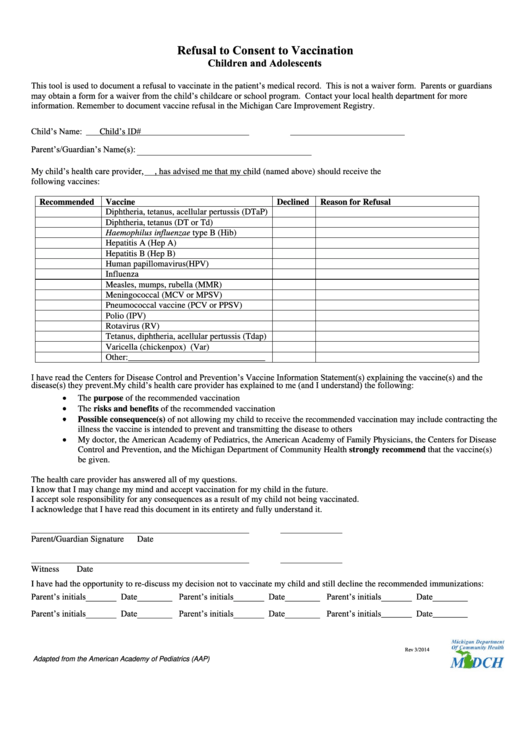
Russia is currently experiencing a rise in the incidence of measles and rubella, as detailed in the annual report from Rospotrebnadzor, the country`s consumer rights and human well-being watchdog. The spread of whooping cough (pertussis) is also a significant concern for the health agency. Doctors interviewed by Kommersant attribute this worrying trend to a decrease in the level of collective immunity within the population.
Kommersant reviewed the report «On the Sanitary and Epidemiological Well-being of the Population in 2024,» published by Rospotrebnadzor. The agency noted a decrease in the incidence of 48 infectious and 15 parasitic diseases compared to the «average long-term indicators» from 2012-2023 (excluding the pandemic years of 2020 and 2021). Notable declines were observed in diseases like Astrakhan spotted fever, acute hepatitis B, bacterial dysentery, gonococcal infection, enteroviral meningitis, and newly detected tuberculosis.
However, Rospotrebnadzor also highlighted a significant *increase* beyond the long-term average for several diseases, including haemophilus influenzae (13.4 times higher), measles (11 times higher), rubella (six times higher), whooping cough (4.5 times higher), epidemic mumps (3.5 times higher), West Nile fever (three times higher), influenza (three times higher), and community-acquired pneumonia (two times higher).
Measles Outbreak
The situation with measles is particularly alarming for doctors. According to Rospotrebnadzor, 22,455 cases were registered in Russia in 2024. The incidence rate (15.35 cases per 100,000 population) was 1.72 times higher than the figures for 2023 (8.92 per 100,000). The highest number of cases was recorded in Moscow (5035 patients), followed by Dagestan (2199), and Moscow Oblast (1798). More than half of those affected (67%) were minors. Children under one year old were the most frequently infected group, with the incidence rate among them increasing 2.2 times compared to 2023.
Rospotrebnadzor noted that 89.5% of those who fell ill were not vaccinated or had no reliable information about their vaccination status. At least four deaths were recorded among unvaccinated children.
Andrei Pozdnyakov, an infectious disease specialist and chief physician at the Invitro clinical diagnostic laboratory, points out that the noticeable spread of measles in Russia began as early as 2022 in Novosibirsk. At that time, he says, it became clear to doctors that «until measles covers the whole country, it will not calm down.» Pozdnyakov emphasizes that measles is the most highly contagious virus in human history. Even influenza and new strains of COVID, he says, are not as contagious: «According to old rules, upon discovering a single case of measles in a hospital, the entire building would immediately be quarantined, regardless of the number of floors.»
The rise in measles incidence indicates insufficient vaccination coverage, agrees Vladimir Neronov, an infectious disease specialist at the Meditsina clinic. This leads to a decrease in the level of collective immunity. In such a situation, even a single person unprotected against the virus can cause a local outbreak, infecting up to 17-18 people. The doctor stresses that measles is particularly dangerous for adults, with the risk of severe complications significantly increasing after age 30. Furthermore, the disease often has no symptoms in its initial stages, which makes detection difficult and contributes to further spread.
«There is no specific treatment for measles, so prevention is the key measure to combat it,» says Vladimir Chulanov, the chief freelance specialist in infectious diseases for the Russian Ministry of Health. «It is necessary to maintain high vaccination coverage among children – at least 95%. In this case, protection will be provided even for those who cannot be vaccinated against measles for medical reasons or who have not developed immunity to the infection. Therefore, it is important to comply with the requirements of Russian legislation on the vaccination and revaccination of citizens against this disease.»
Rubella Cases
The Rospotrebnadzor report also addresses the spread of rubella.
Russia has held the status of a rubella-free territory since 2017. Individual cases were previously imported from other countries. However, in 2024, 258 cases of rubella were registered across 25 regions in Russia. The highest numbers were in Dagestan (92 patients), Moscow Oblast (70), Astrakhan Oblast (20), and Moscow (20). The report`s authors suggest that the worsening epidemiological situation is caused by «defects in the work of medical organizations regarding routine population immunization against rubella.» Among those infected, 90.7% were unvaccinated or lacked information about vaccination.
Whooping Cough Situation
In 2024, Russia registered 32,535 cases of whooping cough (pertussis). The disease was recorded in all regions except the Chukotka Autonomous Okrug. The incidence rate for whooping cough (22.24 per 100,000 population) is 1.6 times lower than in 2023 (35.98 per 100,000 population). However, it still exceeds the average long-term values (4.92 per 100,000 population) by 4.5 times.
In most cases, mild and moderate forms of whooping cough are registered. Severe cases occurred in only 0.7% of patients, and in another 1.9%, the disease was atypical. Approximately 80% of patients are children under 14 years old (predominantly infants), another 8.2% are teenagers, and 11.2% are adults. There were 11 registered whooping cough fatalities among unvaccinated infants under one year old (five in Dagestan, one each in St. Petersburg, Bashkortostan, Mari El, Khakassia, Vologda and Novosibirsk Oblasts).
The decrease in whooping cough incidence is a positive trend, but it requires cautious interpretation, believes infectious disease specialist Vladimir Neronov, as the figure still significantly exceeds the average long-term values. According to him, the reasons for the spike in previous years could be gaps in vaccination: citizens refusing to vaccinate children, temporary medical exemptions, and the use of modified vaccines that do not provide full protection. «It is important to understand that all these diseases are preventable through timely vaccination,» he emphasizes. «Prevention, especially in childhood, remains the main way to contain epidemics. Given the existing risks, adults are also recommended to get booster vaccinations, especially if more than ten years have passed since the last dose.»











